|
|
|
Hansen's Northwest Native Plant Database |
|
|
|
Symphoricarpos albus var. laevigatus (Snowberry)
|
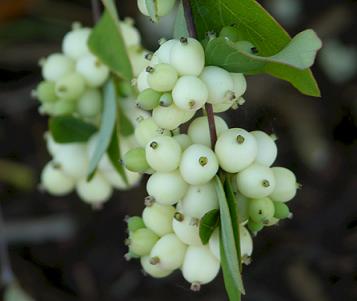 |
|||||||||||||||||||||||||||||||||
|
||||||||||||||||||||||||||||||||||
|
Snowberry is a deciduous shrub that grows 2-4’ and spreads rapidly. Discreet, pink-white, bell shaped flowers adorn the delicate, thin twigs. Hummingbirds feed on the nectar. The leaves grow in pairs and have a lovely blue tint. The shrub is densely branched and often harbors many birds, notably the charming Rufous-Sided Towhee. The large, white berries last through the winter and look wonderful both on the bush and added to decorative wreaths and winter bouquets. The berries are not edible to humans but delicious for birds and other wildlife (indeed there are very few white berries in the Northwest that people can eat). Snowberry will succeed in both sun and shade and needs very little care once established. It is native to both the Atlantic and Pacific coasts and is hardy between USDA zones 4-10. |
||||||||||||||||||||||||||||||||||
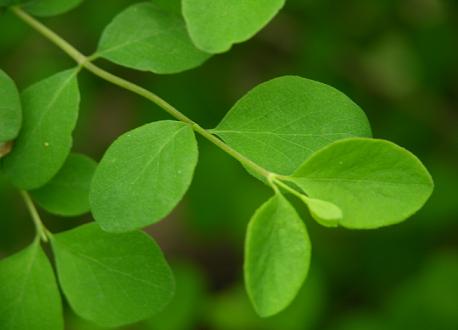 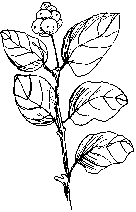
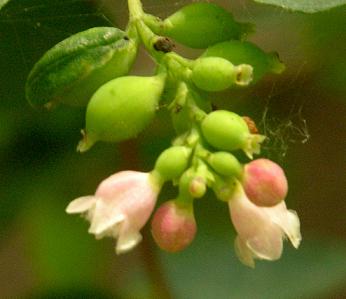 |
||||||||||||||||||||||||||||||||||
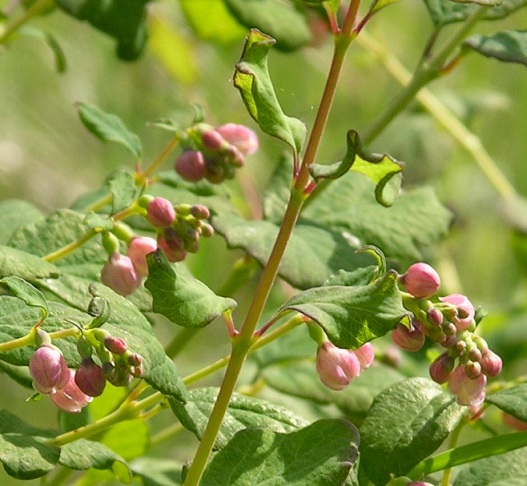
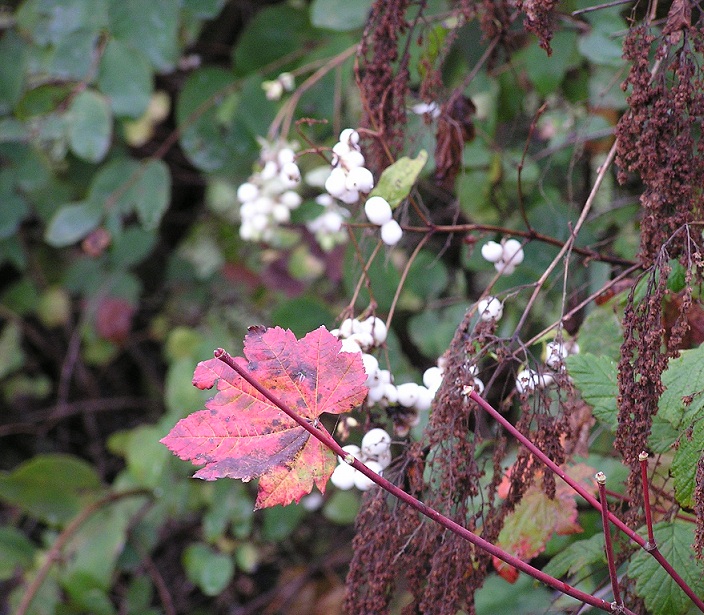 |
||||||||||||||||||||||||||||||||||
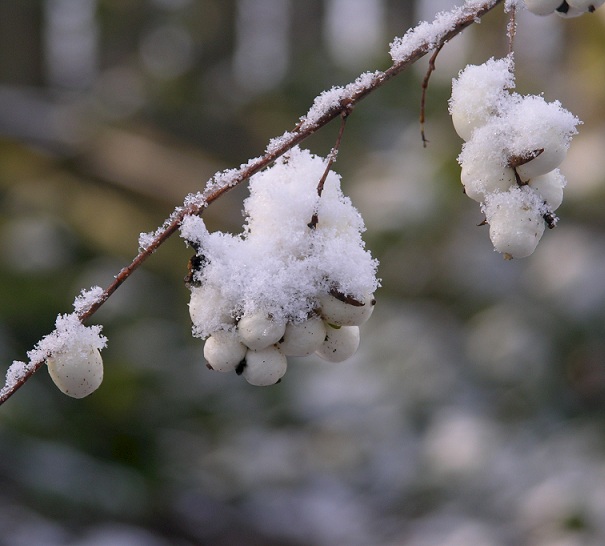
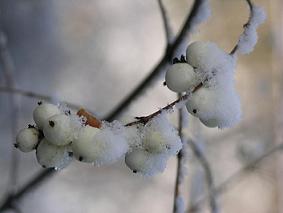 |
||||||||||||||||||||||||||||||||||
| . . . . and that's how the Snowberry got it's name. . . . | ||||||||||||||||||||||||||||||||||
|
||||||||||||||||||||||||||||||||||
|
Photos We Share!
|
||||||||||||||||||||||||||||||||||
|